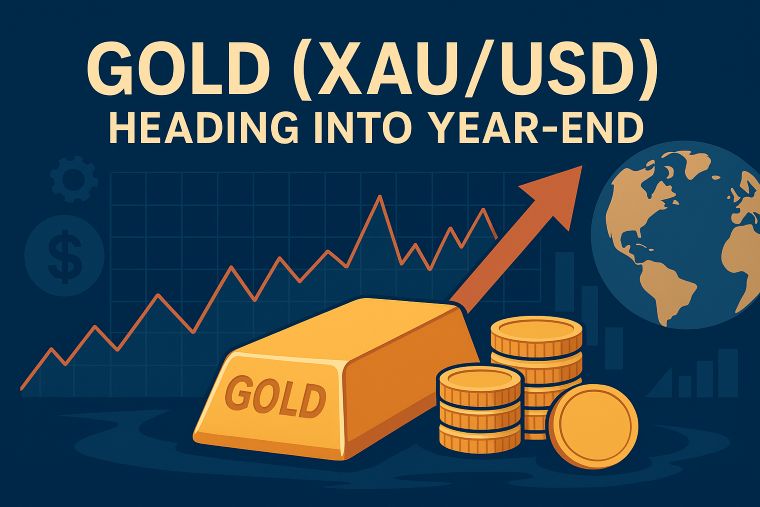3 min to read
There has been a notable resurgence in the selling of the U.S. dollar
as we delve into the New York trading session.

“In today’s dynamic foreign exchange market, there has been a notable resurgence in the selling of the U.S. dollar, as we delve into the New York trading session”
This movement can be attributed, in part, to the continued decline in U.S. bond yields, which has exerted considerable pressure on the dollar’s performance. Interestingly, amidst these developments, the USD/JPY exchange rate briefly surged into the 151-yen territory, signaling a preference for yen depreciation over U.S. dollar depreciation. This preference is particularly evident in the significant increase in yen selling against a range of cross currencies. As a result, we’ve witnessed substantial gains, with the Euro/Yen exchange rate advancing to approximately 161.70 yen and the Pound/Yen exchange rate expanding its gains to around 185.65 yen.
Current discussions revolve around the conclusion of interest rate hike campaigns in central banks worldwide and the market’s expectations of rate cuts in the upcoming year. These discussions have added weight to the yen’s upper-bound potential. However, a prevailing consensus suggests that the Bank of Japan is unlikely to embark on aggressive easing measures beyond these considerations.
Throughout this week, we’ve had the opportunity to hear statements from several members of the Federal Open Market Committee (FOMC). Interestingly, the market sentiment now perceives them as somewhat more hawkish than initially anticipated after the FOMC meeting last week. Some FOMC members, including regional Federal Reserve Bank Presidents, have remained steadfast in retaining the possibility of further rate hikes while firmly dismissing the market’s expectations of rate cuts. Paradoxically, the short-term money market has already priced in the possibility of rate cuts commencing in the second quarter of the upcoming year.
Renowned strategists at leading U.S. banks are anticipating a weaker U.S. dollar in the coming year. However, they cautiously acknowledge several significant uncertainties that could potentially alter this outlook within the next month. These uncertainties are closely tied to prevailing financial conditions, the Federal Reserve’s pricing strategies, and global risk sentiment. In their own words, “2024 could potentially mark the initiation of a gradual U.S. dollar depreciation towards equilibrium. Nonetheless, the precise timing and trajectory of this adjustment remain highly uncertain.”
The Euro/Dollar exchange rate has once again ascended into the 1.07-dollar range, demonstrating resilience after briefly dipping to approximately 1.0660 dollars. Following the FOMC meeting and the release of U.S. employment statistics last week, the foreign exchange market is currently witnessing a resurgence of long-dollar positions, resembling a market rebound scenario. It’s essential to emphasize that the Euro’s ascent against a broadly weaker U.S. dollar has sparked inquiries into the sustainability of this upward trajectory. The concerns stem from the weakened economic outlook in the Eurozone, with mounting expectations of further rate cuts by the European Central Bank (ECB), notably in the aftermath of economic deceleration, particularly in Germany.
The Pound/Dollar exchange rate experienced a temporary retracement, rallying briefly into the 1.23-dollar territory. This followed a momentary dip to the mid-1.22-dollar range during London trading hours, which was subsequently reversed as the New York session unfolded. Market attention now shifts to the pivotal 1.2350-dollar level, as we closely watch for a potential breakthrough, with particular interest in testing the 200-day moving average.
Nonetheless, there has been speculation that the Bank of England may implement more rate cuts than the Federal Reserve, which is expected to maintain higher interest rates over a more extended period in comparison to the Bank of England or the ECB. This expectation is grounded in the comparatively more relaxed fiscal policy stance in the United States relative to the United Kingdom. While the UK’s economy has been treading water over the past eighteen months, it is anticipated to continue facing challenges amid persistently high-interest rates over the next year and a half. A scenario where the economy remains in a state of stagnation for three years, even in the absence of a recession, is considered highly unusual. Although the U.S. economy is not anticipated to exhibit remarkable strength, it is perceived as more robust when juxtaposed with the economic landscapes of the UK and the Eurozone. This leads to the conclusion that higher U.S. interest rates are likely to endure for an extended period, despite the market not having fully priced in this perspective.
Visit XM Official Website.

